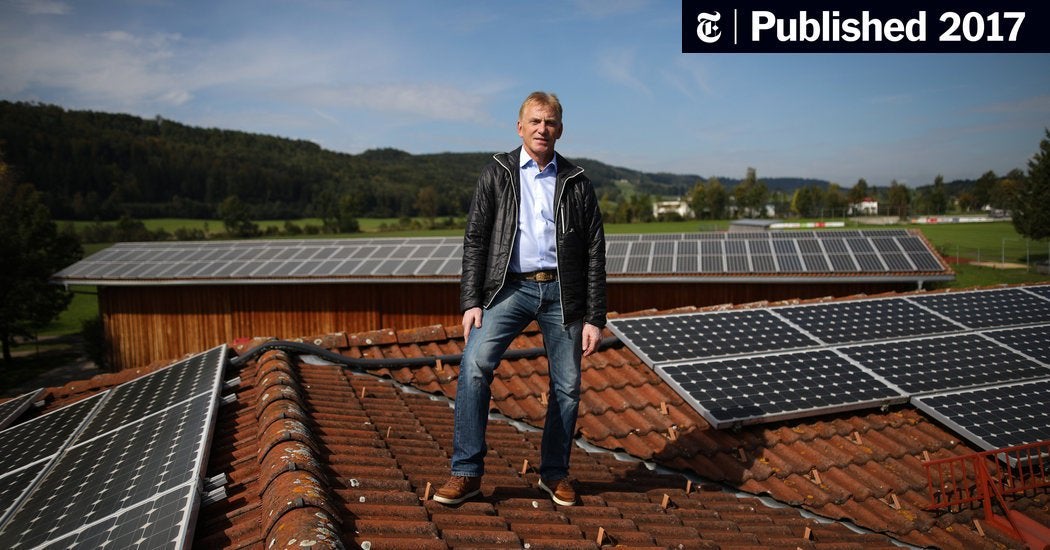
NYTimes: Germany has spent an estimated 189 billion euros, or about $222 billion, since 2000 on renewable energy subsidies. But emissions have been stuck at roughly 2009 levels. Need nuclear Germany?
https://www.nytimes.com/2017/10/07/business/energy-environment/german-renewable-energy.html
9 Comments
I can’t find the article now, but there was an article last year I believe about some law they have that says that all renewable power must be used internally first.
This sounds good in principle, because it but apparently this has caused a “problem” for them in the sense that the more renewable power they add to the grid the *less* they can export to other countries, because they would be shutting down the coal plants at the same time. So apparently this is one of the primary reasons why they decided to stop investing in renewable power, so it doesn’t lessen their energy exports.
If true, that seems quite dumb. Obviously that’s not the solution to this export problem. The right solution is to modify the law in a way that it also allows companies to export renewable power.
Another excuse is that solar and wind are “unpredictable”. Although that has been true in the past, battery storage technology has gotten *very* competitive lately. So I don’t think they can use that excuse anymore…Just invest in storage.
Germany made a political decision to protect the former East Germany’s coal industry at the expense of not being able to reduce emissions as much as they otherwise would have. Merkel only reluctantly supported nuclear retirements and the Energewende both and has done her best to kill the latter.
Nuclear isn’t needed in this situation-the political will to eject Merkel and replace her with someone willing to stop protecting the coal industry is.
[removed]
So about the same cost has been spent on all German renewables, as the anticipated cost of cleaning up Fukushima.
[Current German energy mix](https://1-stromvergleich.com/medien/power-generation-germany-2016.png)
– Germany could shut down some of the lignite coal plants. Most of the time, they are just exporting a large share of the energy generated.
– Those “subsidies” aren’t really subsidies which are normally payed by the taxpayer. They are payed by the consumers.
– Most of those “subsidies” went to the renewable energy industry which created a lot of jobs. Unfortunately, most companies didn’t survive. Still, the money is not wasted. It made cheap renewables possible all around the globe. This is more important than the emissions caused by a relatively small country.
– The German system has two major flaws. First, energy intensive industries are exempted. And second, fixed prices for renewables actually decrease the price at the Energy Exchange. So energy intensive industries are advantaged twice. The German consumers are subsidizing those industries by several billions every year (Source: Fraunhofer ISE)
– Most Germans don’t want nuclear energy (about 80% are against it – Source: statista). Germany is already surrounded by crappy reactors from Belgium, France and the Czech Republic. So at least, they can shut down their old plants (the newest one is from 1989!).
False premise. The Energiewende was also intended to shut down the nuclear industry.
[deleted]
https://en.wikipedia.org/wiki/Renewable_energy_in_Germany#Targets
Looks like 20% of electricity is now renewable in Germany.